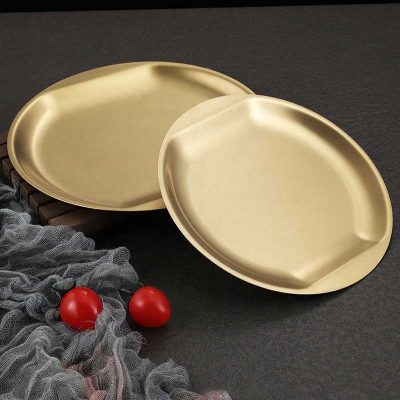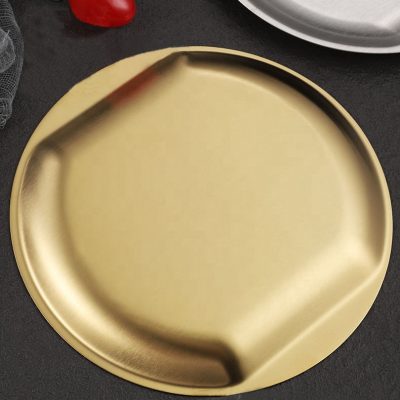Stainless steel tableware for households can be divided into three grades: 201, 430, 304 (18-8), and 18-10.
430 Stainless Steel:
Iron + 12% or more of chromium can prevent oxidation caused by natural factors. It is called stainless steel. The code name of jis is 430, so it is also called 430 stainless steel. However, 430 stainless steel cannot resist oxidation caused by chemicals in the air. After 430 stainless steel is not used for a period of time, it will still oxidize (rust) due to unnatural factors.
18-8 Stainless Steel:
Iron + 18% chromium + 8% nickel, which can resist chemical oxidation. This stainless steel is No. 304 in the jis code, so it is also called 304 stainless steel.
18-10 Stainless Steel:
However, there are more and more chemical components in the air, and even 304 will rust in some places with more serious pollution; so some high-end products will be made of 10% nickel to make them more durable and corrosion-resistant. This type of stainless steel is called 18-10 stainless steel. In some tableware descriptions, there is a statement similar to “the most advanced medical stainless steel material of 18-10”.
Stainless steel can be divided into three categories according to the metallographic structure: austenitic stainless steel, ferritic stainless steel and martensitic stainless steel. The main components of stainless steel are iron, chromium, and nickel alloys, in addition to trace elements such as manganese, titanium, cobalt, molybdenum and cadmium, which make stainless steel stable and rust-resistant…








